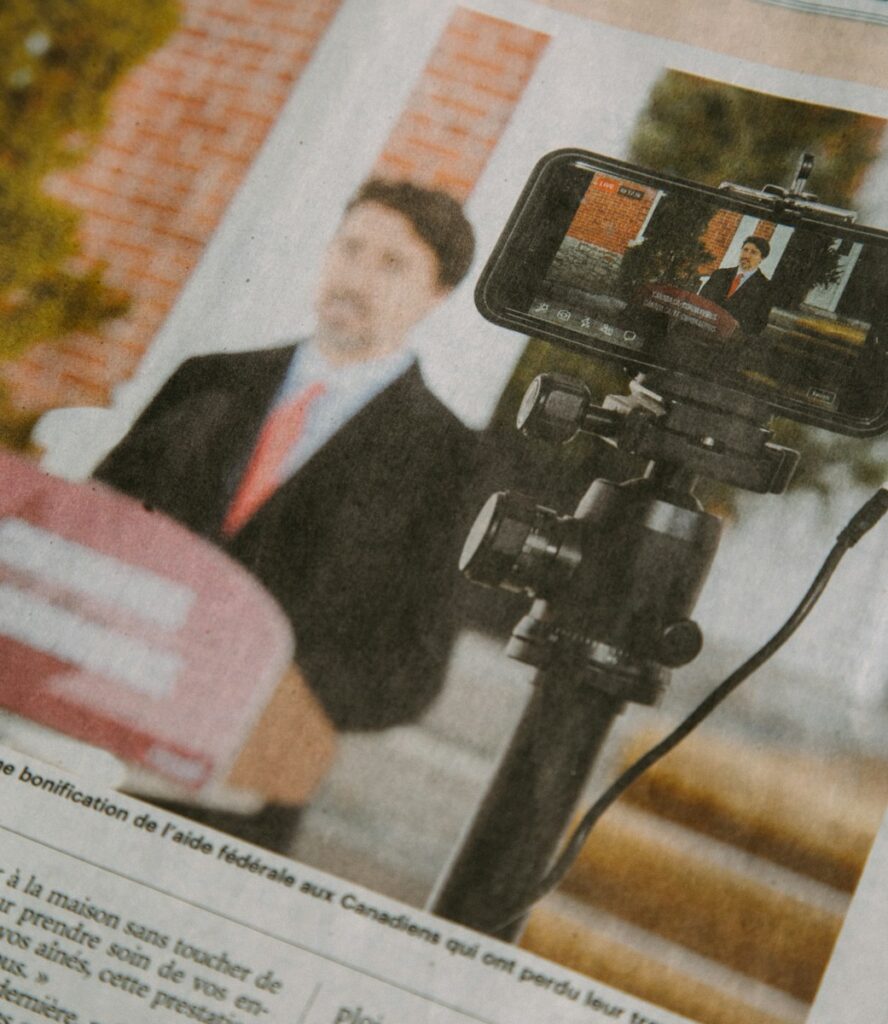Introduction
Auto insurance is one of those necessary evils we all have to deal with. Whether you’re buying your first car or just looking to switch providers, understanding the world of auto insurance can feel like navigating a maze. With countless options, jargon-filled policies, and fluctuating rates, it’s no wonder many drivers feel overwhelmed. But fear not! This guide will break down everything you need to know about auto insurance, helping you make informed decisions and potentially save a few bucks along the way.
What Exactly is Auto Insurance?
Auto insurance is a contract between you and an insurance company that protects you financially in case of accidents, theft, or other vehicle-related mishaps. In exchange for paying a premium, the insurance company agrees to cover certain costs associated with car damage, injuries, or liabilities. But, oh boy, there’s more to it than just that!
Types of Coverage
Understanding the different types of coverage is crucial when shopping for auto insurance. Here’s a rundown:
- Liability Coverage: This is the bread and butter of auto insurance. It covers the cost of damages and injuries you cause to others in an accident. Most states require a minimum amount of liability coverage.
- Collision Coverage: Ever get that sinking feeling after a fender bender? Collision coverage pays for repairs to your own car after an accident, regardless of who’s at fault.
- Comprehensive Coverage: Think of this as your “everything else” coverage. It covers non-collision-related incidents like theft, vandalism, or natural disasters.
- Personal Injury Protection (PIP): This covers medical expenses for you and your passengers after an accident, regardless of fault. It’s like a safety net for your health.
- Uninsured/Underinsured Motorist Coverage: Not everyone plays by the rules. This coverage kicks in if you’re hit by a driver without insurance or with insufficient coverage.
How to Choose the Right Auto Insurance
Selecting the right auto insurance can be daunting, but a few key steps can simplify the process:
- Assess Your Needs: Consider factors like your car’s value, your driving habits, and your financial situation. Do you need comprehensive coverage, or would basic liability suffice?
- Compare Quotes: Shop around! Get quotes from multiple insurance companies to find the best rates. Websites like The Secrets of Real Estate and Property Investment can offer valuable insights into the market.
- Check Discounts: Many insurers offer discounts for safe drivers, good students, or bundling multiple policies. Always ask about potential savings opportunities.
- Read the Fine Print: Understanding your policy’s terms, conditions, and exclusions can prevent unpleasant surprises down the road. Make sure you’re comfortable with the deductible and coverage limits.
Saving Money on Auto Insurance
Who doesn’t love saving money? Here are some tips for lowering your auto insurance costs:
- Increase Your Deductible: Opting for a higher deductible can reduce your premium. Just ensure you can afford the out-of-pocket cost in case of a claim.
- Maintain a Good Credit Score: Believe it or not, your credit score can affect your insurance rates. Keeping it in good shape can lead to lower premiums.
- Drive Safely: Avoid accidents and traffic violations to keep your rates low. Some insurers even offer telematics programs that monitor your driving habits and reward safe behavior.
- Review Your Policy Annually: Insurance needs can change over time. Review your policy each year to ensure it still meets your needs and budget.
FAQs About Auto Insurance
What factors influence auto insurance rates?
Several factors can impact your rates, including age, gender, location, driving record, and the type of car you drive.
Is it mandatory to have auto insurance?
Yes, most states require drivers to have a minimum amount of liability insurance. Driving without it can result in fines, license suspension, or legal trouble.
Can I switch insurance providers at any time?
Absolutely! You’re free to switch providers whenever you find a better deal. Just make sure you don’t have a lapse in coverage when transitioning.
What should I do after an accident?
First, ensure everyone’s safety and call emergency services if needed. Then, exchange information with the other driver, document the scene, and report the accident to your insurance company.
How can I lower my premium if I have a poor driving record?
Consider taking defensive driving courses, installing safety devices in your car, and maintaining continuous coverage to improve your rates over time.
Conclusion
Navigating the world of auto insurance doesn’t have to be a daunting task. By understanding the different types of coverage, assessing your needs, and shopping around for the best rates, you can secure a policy that fits like a glove. Remember, knowledge is power, and the more informed you are, the better equipped you’ll be to make the right choices on the road to coverage. So, buckle up and drive safely, knowing you’ve got the auto insurance puzzle all figured out!









